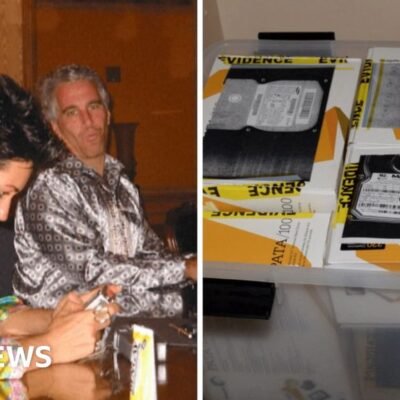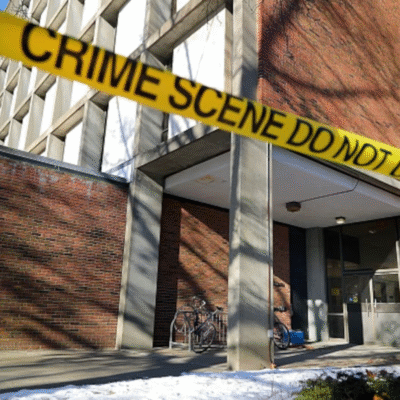Conny Waters – AncientPages.com – A recent radiocarbon dating study has provided new insights into the reign of Pharaoh Ahmose. This significant research highlights his pivotal role in reuniting Upper and Lower Egypt, marking the beginning of the New Kingdom era.
One of the most significant volcanic eruptions in the past 10,000 years occurred on the Greek island of Thera (Santorini) in the Aegean Sea. However, pinpointing its exact date during the late 17th or 16th century BCE has been a subject of debate. The eruption’s volcanic ash spread widely across the eastern Mediterranean, raising questions about how this major geological event aligns with Egyptian royal chronologies.
Recent findings by scientists from Ben-Gurion University of the Negev and the University of Groningen indicate that the Santorini eruption occurred before Egypt’s New Kingdom, specifically during the Second Intermediate Period. These new radiocarbon dates support a “low” or younger chronology for the start of Egypt’s 18th Dynasty. This discovery is crucial for understanding Egypt’s interactions with neighboring civilizations at that time.
Shabti UC 40179 from ancient Thebes, which can be related to the beginning of the 18th Dynasty. Its radiocarbon date supports a low chronology for the reigns of Nebpehtire Ahmose and his son Amenhotep I. Credit: H.J. Bruins (2017), published with permission from the Petrie Museum of Egyptian and Sudanese Archaeology (University College London) under a CC BY license.
Professors Hendrik J. Bruins from BGU and Johannes van der Plicht from Groningen obtained special permission to collect samples from Egyptian artifacts housed at London’s British Museum and Petrie Museum for radiocarbon dating.
Mudbrick EA 32689 (British Museum) from the Temple of Ahmose at Abydos, showing the stamped prenomen (throne name) Nebpehtire of Pharaoh Ahmose. Its radiocarbon dates support a low chronology for the beginning of the 18th Dynasty. Credit: Photo by H.J. Bruins, 2018 The Trustees of the British Museum, London. Shared under a Creative Commons CC BY-NC-SA 4.0 license.
Under museum supervision, they sampled a mudbrick from Abydos’ Ahmose Temple (British Museum), a linen burial cloth linked to Satdjehuty (British Museum), and six wooden stick shabtis from Thebes (Petrie Museum).
See also: More Archaeology News
They discovered that, contrary to traditional archaeological understandings, the volcanic eruption did not occur during the Egyptian New Kingdom, but occurred earlier, during the Second Intermediate Period. Radiocarbon dates for the Santorini eruption are significantly older than the earliest radiocarbon dates for Pharaoh Ahmose and the other artifacts investigated from the 17th to early 18th Dynasty.
“Our findings indicate that the Second Intermediate Period lasted considerably longer than traditional assessments, and the New Kingdom started later,” says Professor. Hendrik J. Bruins.
The study was published in the journal PLOS One
Written by Conny Waters – AncientPages.com Staff Writer








